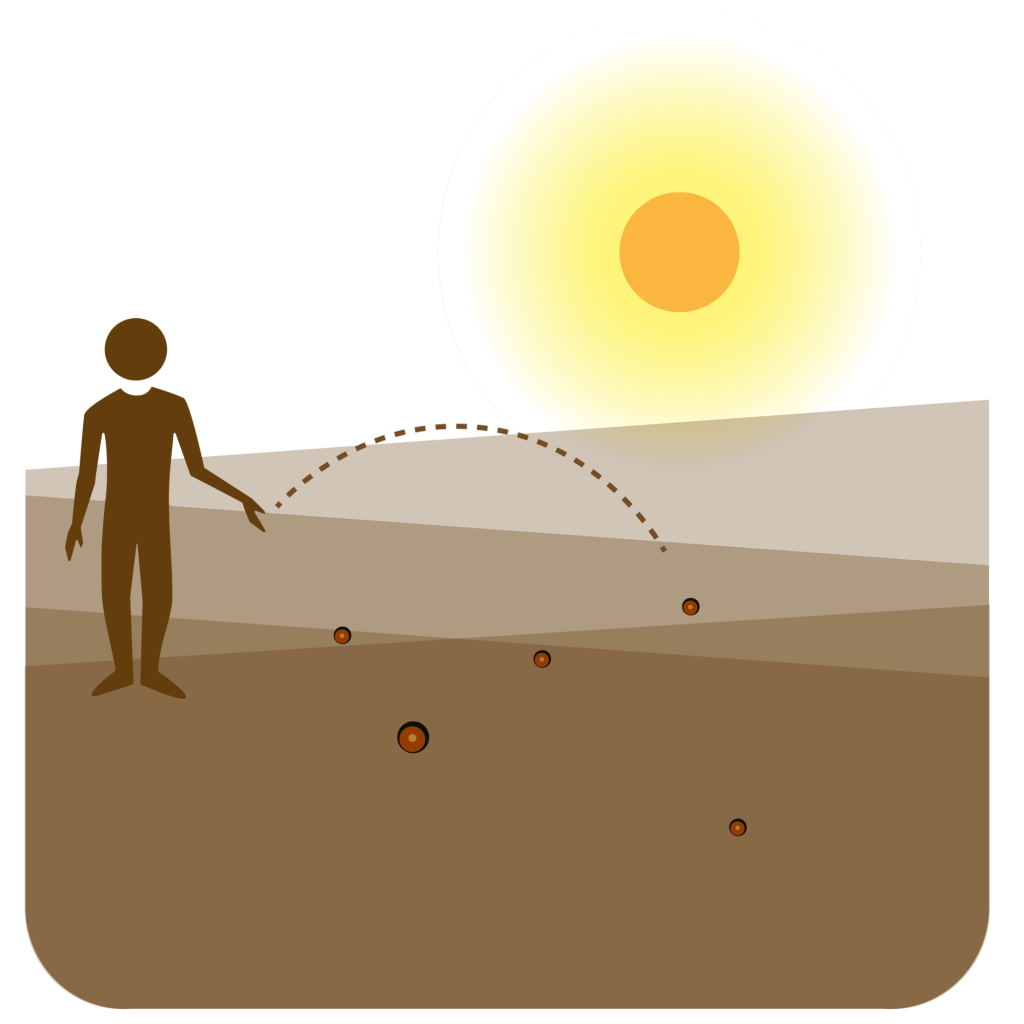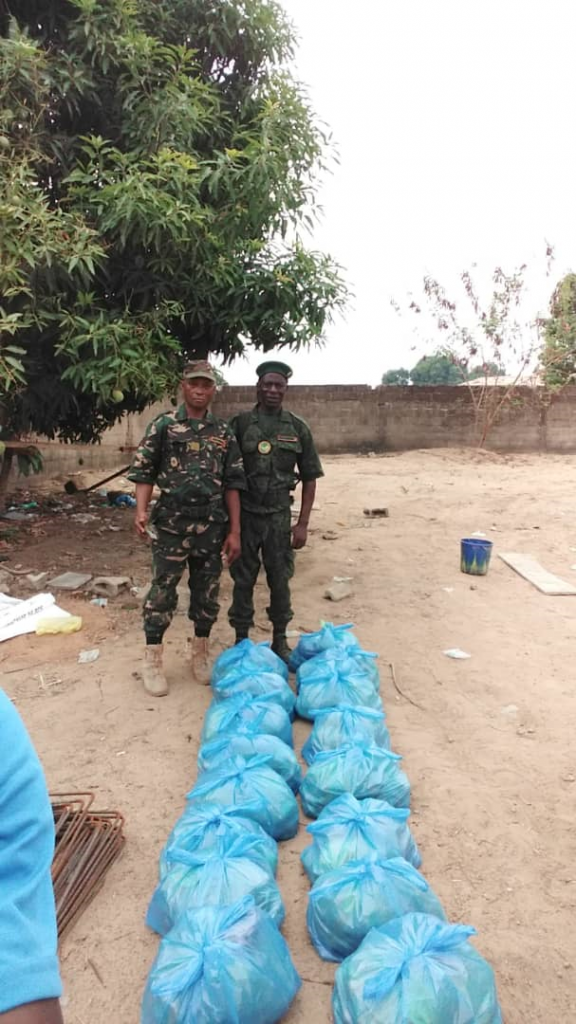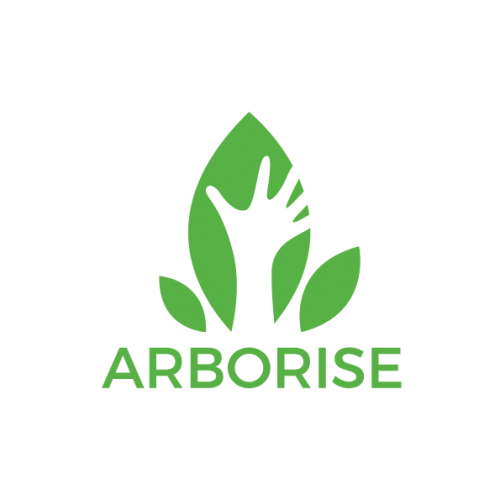Seedballs: far more natural than plantations
Only arboRise opts for reforestation based on direct sowing. This planting technique is well known to silviculturists and offers many advantages:
- Compared to planting, direct sowing facilitates the mixing of species and thus foster biodiversity
- Seedlings develop undisturbed normal taproots
- The normal growth rate is not disrupted by the shock of transplantation
- Direct seeding makes it easier to establish a larger number of trees per hectare and thanks to the quicker occupation of the site helps to reduce wildlife damage
- Direct seeding is particularly recommended where land is inaccessible or remote or on low-productivity sites where the costs of traditional planting cannot be amortised.
How does it work?


Creation of a seedball
from ingredients easily found on site


Direct sowing
Disseminating dumplings is quite fun


Germinate
Let’s wait for the rainy season to let nature take its course
Apart from being natural, the advantage of this technique is its great simplicity. The basic recipe consists of mixing 5 volumes of red clay with 1 volume of seeds. arboRise adds a measure of charcoal and ashes, which have been used since Neolithic times as a fertiliser for their richness in mineral salts, particularly potash and trace elements, which are often lacking in eroded soils. In addition, ash also has a repulsive effect on certain insects.
This coating will not only provide nutrients but will also protect the seeds against parasites such as rodents and birds (main predators of the seeds). This proection enables the seeds to wait quietly for the rainy season to come. . At this time, the water melts the pellet and the seed can start to germinate.
Ingredients


Coating


Drying


Packaging


Sowing


Manufacturing
Would you like to try your hand at making seedballs?
- Proportions: 5 parts red clay powder, 2 parts charcoal powder, 1 part water to 1 part seed.
- Begin by mixing the clay and coal well.
- Then add water gradually until you obtain a sticky paste that is not too liquid.
- Then insert the seed and make a small ball of 2-3 cm in diameter by rolling the mixture between your hands.
- Dry the pellet for about 24 hours (if you use several types of seeds, be careful not to mix the seedballs from different trees!).
- Strength test: drop a pellet from a height of about 1.5 meter on hard ground. If it breaks your clay probably contained sand or your coal was not fine enough.
